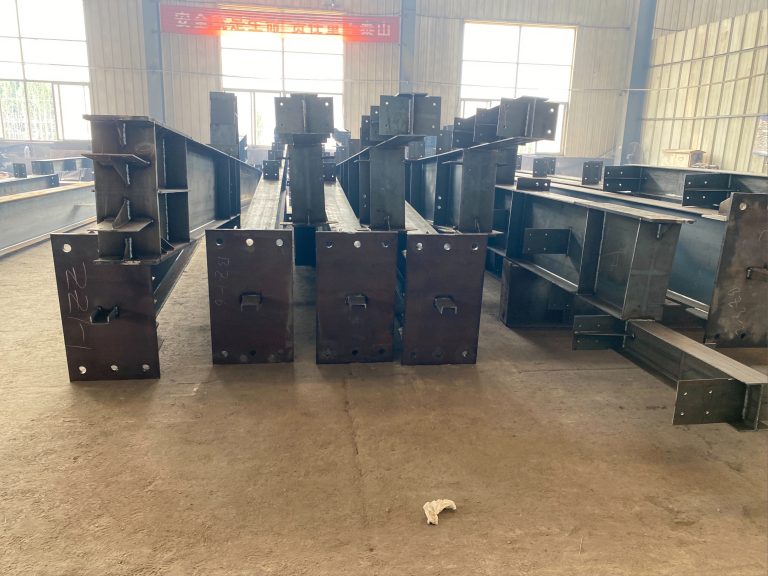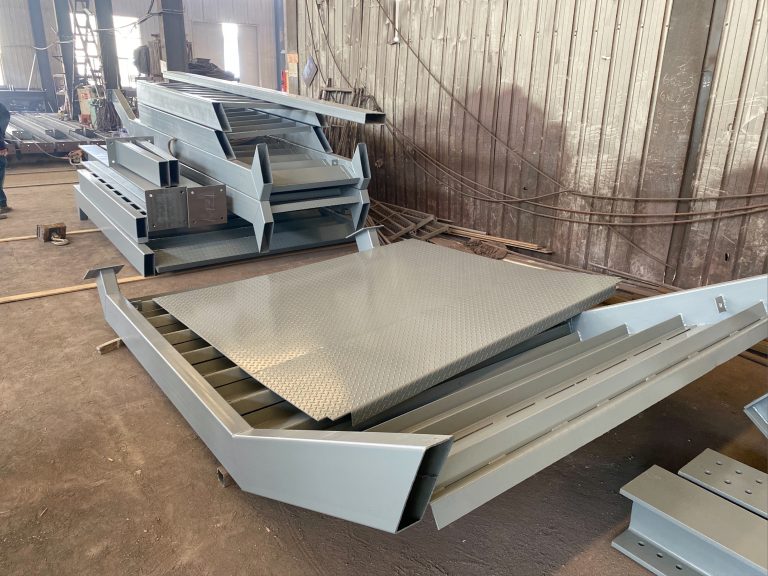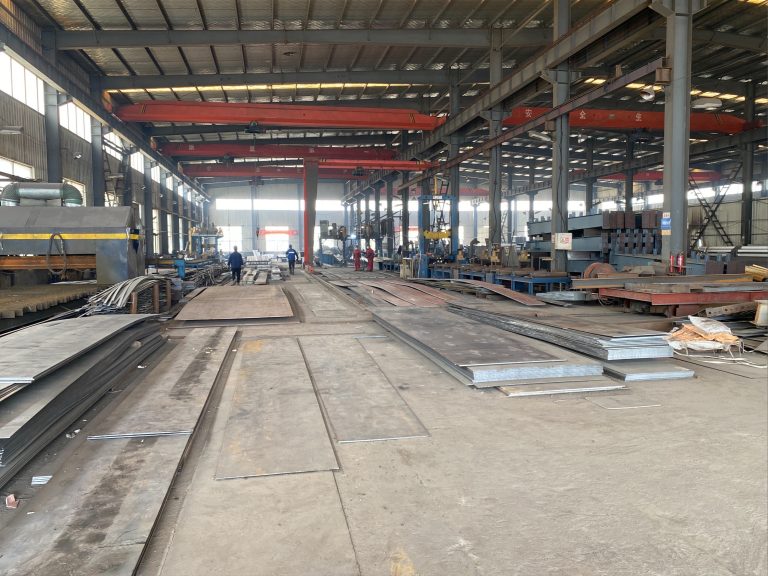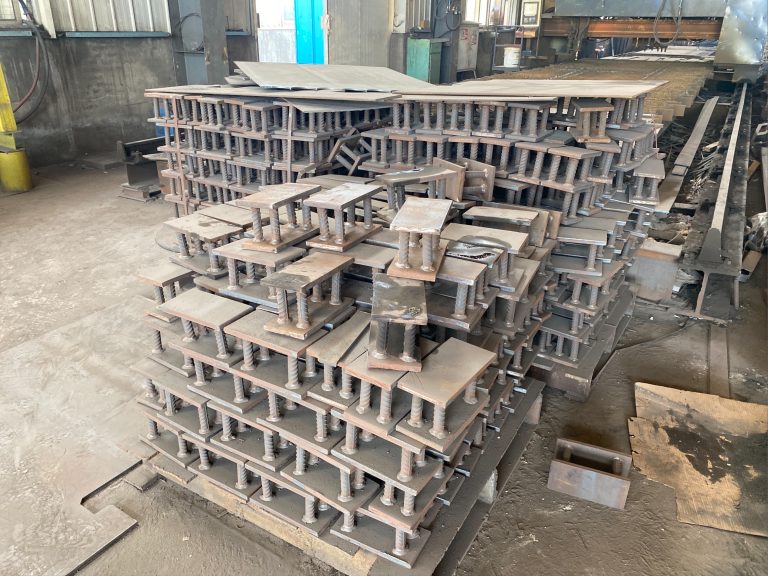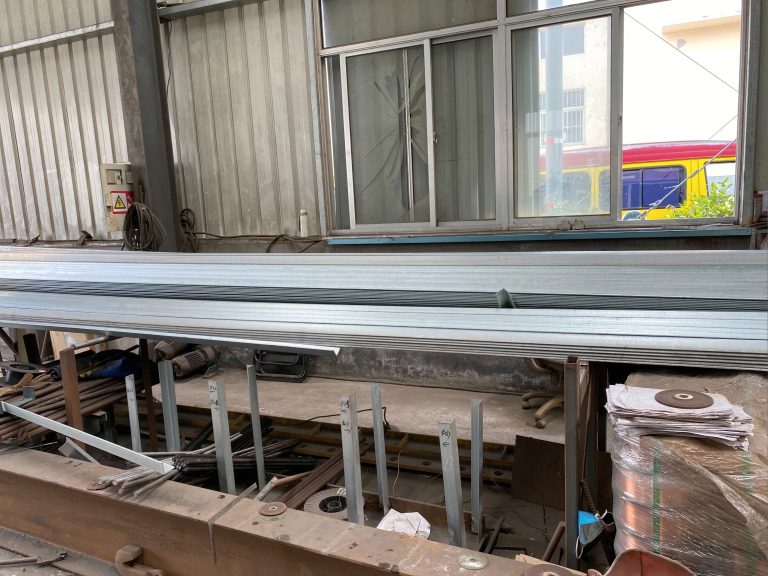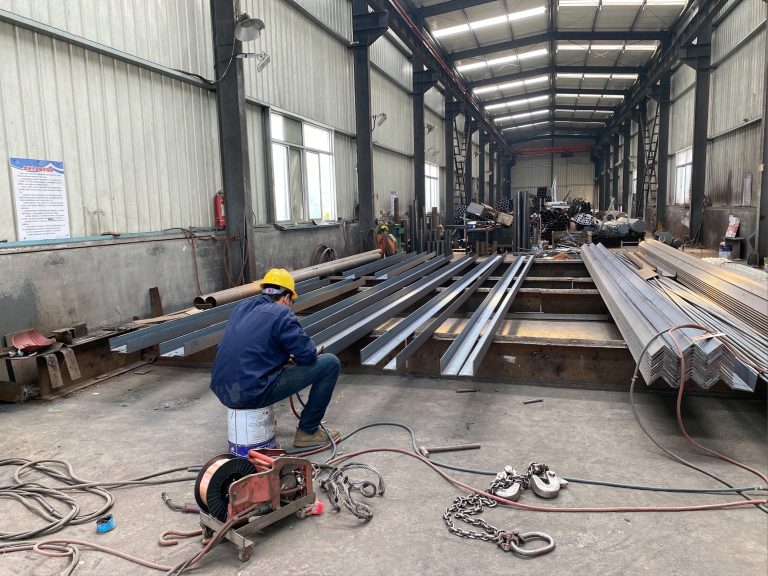Discuss the rapid deployment capability of box house in emergency rescue operations (such as earthquake rescue, flood rescue).
Table of Contents
Benefits of Using Box Houses for Rapid Deployment in Emergency Rescue Operations
In times of natural disasters such as earthquakes, floods, or hurricanes, rapid deployment of emergency shelters is crucial to providing immediate relief to those affected. One innovative solution that has gained popularity in recent years is the use of box houses. These prefabricated structures are designed to be quickly assembled on-site, providing temporary shelter for displaced individuals and families. The rapid deployment capability of box houses makes them an ideal choice for emergency rescue operations, allowing relief organizations to respond quickly and efficiently to disaster situations.
One of the key benefits of using box houses in emergency rescue operations is their ease of transportation and assembly. These structures are typically lightweight and compact, allowing them to be easily transported to disaster-affected areas by truck, helicopter, or even by hand. Once on-site, box houses can be quickly assembled by a small team of workers using basic tools, making them an ideal solution for situations where time is of the essence. This rapid deployment capability allows relief organizations to provide shelter to those in need in a timely manner, reducing the risk of further harm or exposure to the elements.
Another advantage of using box houses in emergency rescue operations is their versatility and adaptability. These structures can be customized to meet the specific needs of the situation, whether it be providing shelter for individuals, families, or even medical facilities. Box houses can also be easily connected or stacked to create larger structures, allowing relief organizations to quickly scale up their operations as needed. This flexibility makes box houses a valuable asset in emergency rescue operations, where the needs of those affected can vary greatly.
In addition to their rapid deployment capability and versatility, box houses are also designed to be durable and weather-resistant. These structures are typically made from high-quality materials that can withstand harsh environmental conditions, providing a safe and secure shelter for those in need. This durability is essential in emergency rescue operations, where the safety and well-being of those affected must be prioritized. By using box houses, relief organizations can ensure that their shelters will stand up to the rigors of disaster situations, providing a reliable and long-lasting solution for those in need.
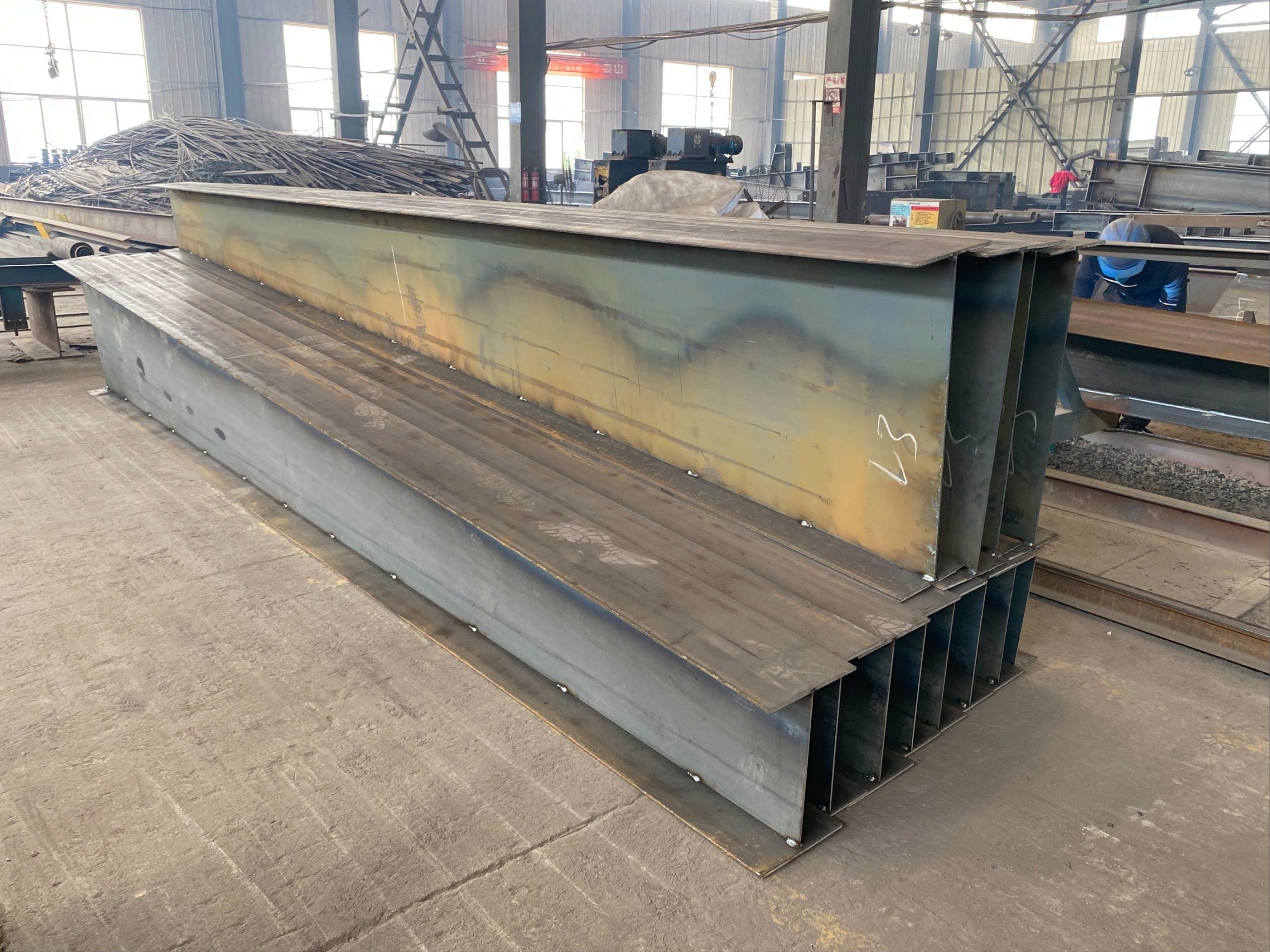
Overall, the rapid deployment capability of box houses makes them an invaluable asset in emergency rescue operations. These prefabricated structures are designed to be quickly assembled on-site, providing immediate relief to those affected by natural disasters. Their ease of transportation, versatility, and durability make them an ideal choice for relief organizations looking to respond quickly and effectively to disaster situations. By utilizing box houses in emergency rescue operations, relief organizations can provide shelter to those in need in a timely and efficient manner, helping to alleviate the suffering caused by natural disasters.
Case Studies of Successful Box House Deployments in Emergency Rescue Operations
In times of natural disasters such as earthquakes, floods, or hurricanes, rapid deployment of emergency shelters is crucial to providing immediate relief to those affected. One innovative solution that has proven to be effective in emergency rescue operations is the use of box houses. These prefabricated structures are designed to be quickly assembled on-site, providing temporary shelter for displaced individuals and families.
One of the key advantages of box houses is their rapid deployment capability. Unlike traditional construction methods that can take weeks or even months to complete, box houses can be assembled in a matter of hours. This speed is essential in emergency situations where time is of the essence and immediate shelter is needed to protect survivors from the elements and provide a safe place to rest and recuperate.
One notable case study of successful box house deployment in an emergency rescue operation is the earthquake response in Nepal in 2015. Following a devastating 7.8 magnitude earthquake that struck the country, leaving thousands homeless and in need of shelter, relief organizations quickly mobilized to provide aid. Box houses were a key component of the emergency response, as they could be easily transported to remote and hard-to-reach areas where traditional construction materials and equipment were not readily available.
The prefabricated nature of box houses meant that they could be quickly transported by truck or helicopter to the affected areas and assembled on-site by a team of trained volunteers. This rapid deployment capability allowed relief organizations to provide shelter to thousands of displaced individuals within days of the earthquake, helping to alleviate the immediate housing crisis and provide a sense of security and stability to those in need.
Another successful case study of box house deployment in emergency rescue operations is the flood response in Bangladesh in 2017. Following severe flooding that submerged large parts of the country and displaced millions of people, relief organizations turned to box houses as a cost-effective and efficient solution to provide temporary shelter to those affected.
The lightweight and modular design of box houses made them ideal for use in flood-affected areas, where traditional construction materials such as bricks and mortar would have been impractical due to the waterlogged conditions. By utilizing box houses, relief organizations were able to quickly set up temporary shelters in evacuation centers and relief camps, providing a safe and secure environment for flood survivors to seek refuge and receive assistance.
In conclusion, the rapid deployment capability of box houses makes them an invaluable resource in emergency rescue operations such as earthquake response, flood relief, and other natural disasters. Their ease of assembly, portability, and cost-effectiveness make them an ideal solution for providing immediate shelter to those in need, helping to save lives and restore a sense of normalcy in the aftermath of a crisis. As we continue to face the challenges of an increasingly unpredictable climate and more frequent natural disasters, the use of box houses in emergency rescue operations will undoubtedly play a vital role in providing relief and support to communities in need.

